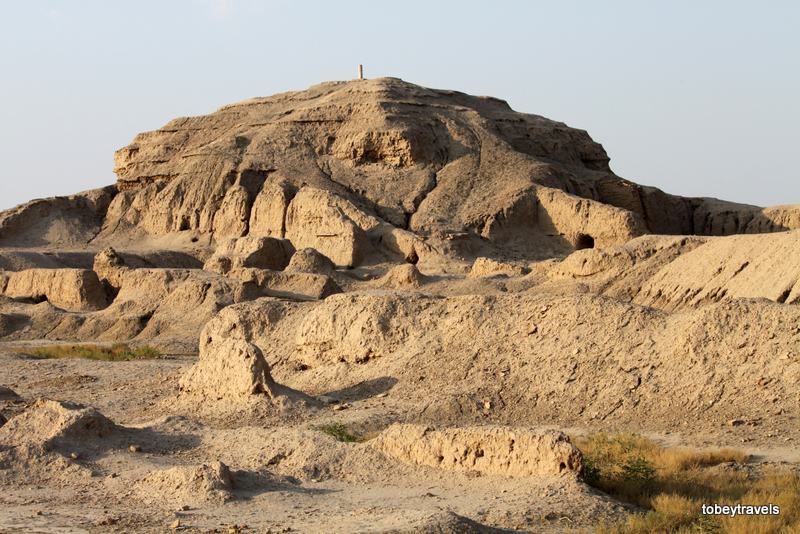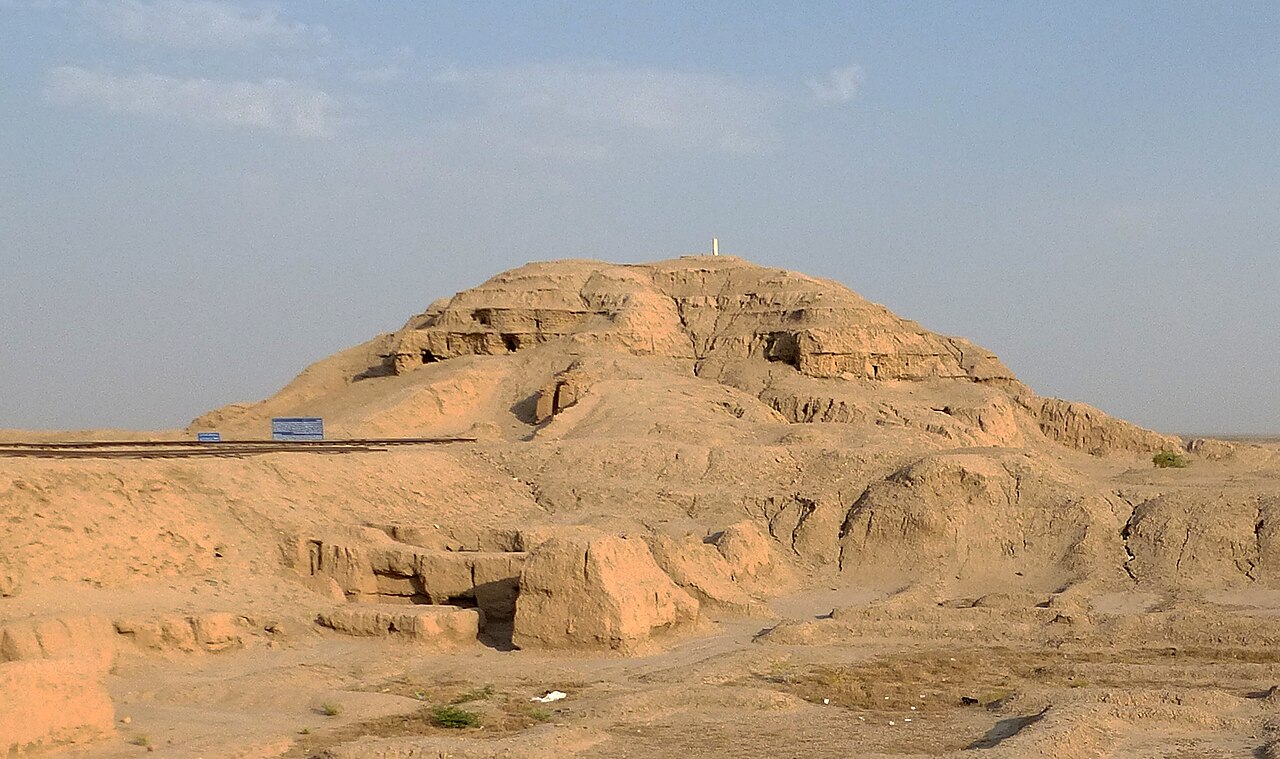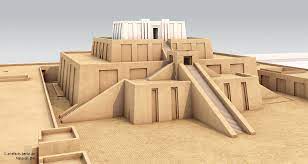Uruk: The Cradle of Civilization in Ancient Mesopotamia
Flourishing from roughly 4000 to 3100 BCE, Uruk was a true urban pioneer, renowned for its massive ziggurat (the Anu Ziggurat and White Temple), sophisticated administrative systems, and its pivotal role in the development of writing (cuneiform). Located in ancient Mesopotamia, in what is modern-day Iraq, Uruk wasn’t just a large settlement; it was arguably the world’s first true city, setting precedents for urban planning, organized religion, and societal complexity that would influence future civilizations for millennia. Its sheer size, with an estimated population of 40,000 to 80,000 residents at its peak, was unprecedented for its time.

At the heart of Uruk’s spiritual and civic life stood its monumental temple complexes, most notably the Anu Ziggurat with its crowning White Temple. This towering structure, dedicated to the sky god Anu, was not just a place of worship but a central hub for economic activity and administration. The ziggurat’s immense scale and meticulous construction speak volumes about the organizational capabilities and shared purpose of Uruk’s inhabitants, showcasing a highly stratified society capable of mobilizing vast resources for public works. These religious centers also played a crucial role in legitimizing the power of the ruling elite.
 Perhaps Uruk’s most enduring legacy is its pivotal role in the development of writing. It was here, around 3200 BCE, that the earliest forms of cuneiform script emerged, initially as pictograms used for administrative and economic record-keeping. The complexity of managing a large urban population, distributing resources, and recording transactions spurred the innovation of this revolutionary system. From simple clay tablets tracking grain and livestock, cuneiform evolved into a sophisticated writing system that allowed for the recording of laws, literature, and history, fundamentally transforming human communication and marking the true dawn of recorded history. Uruk was, without doubt, a cornerstone in the edifice of ancient civilization.
Perhaps Uruk’s most enduring legacy is its pivotal role in the development of writing. It was here, around 3200 BCE, that the earliest forms of cuneiform script emerged, initially as pictograms used for administrative and economic record-keeping. The complexity of managing a large urban population, distributing resources, and recording transactions spurred the innovation of this revolutionary system. From simple clay tablets tracking grain and livestock, cuneiform evolved into a sophisticated writing system that allowed for the recording of laws, literature, and history, fundamentally transforming human communication and marking the true dawn of recorded history. Uruk was, without doubt, a cornerstone in the edifice of ancient civilization.
